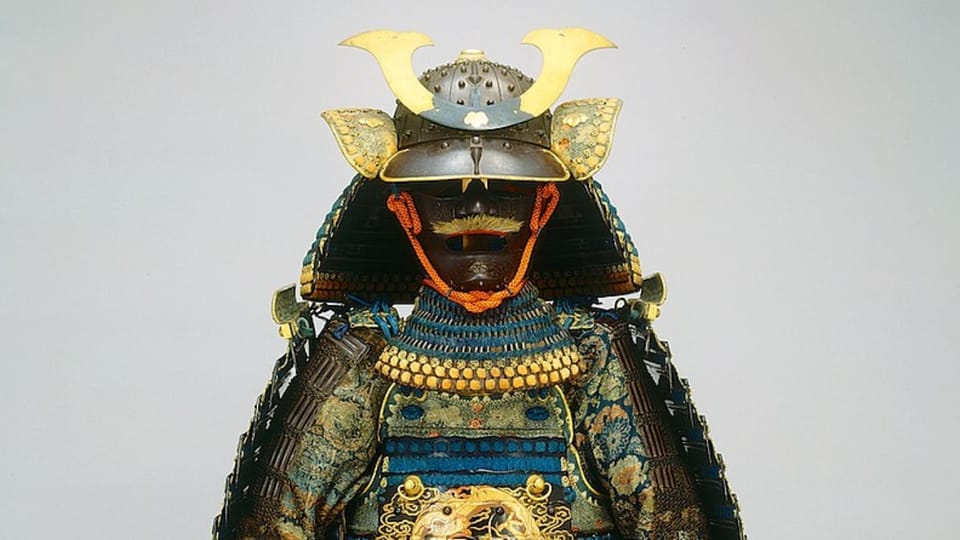Evolution of Samurai Armor: From Archery to Firearms

Yo, you know how every great movie hero has that iconic costume that just screams “badass”? Well, throughout Japanese history, samurai armor was that costume for the warriors of the land of the rising sun.
Back in the Heian period, these samurai were all about their archery game. And you bet your katana their armor, the ō-yoroi, was designed with that in mind. It was this ornate setup, with the do, waidate, and kusazuri protecting the important bits like the torso and thighs. The ō-yoroi was loose-fitting, not because they were into the baggy look, but because it left space between the armor and the body, making sure an arrow didn’t pierce their guts. Plus, the sode, those shoulder guards, were big enough to handle all their archery techniques. The do even had a leather cover so the bowstring could do its thing without snagging.
But as warfare evolved, so did the armor. Enter the Muromachi period, and along came the d ō-maru, a lighter, more form-fitting version of the o-yoroi. It was all about mobility for these guys, so the do rested more on the hips, giving them room to move, especially when things got up close and personal. Sode? They got shifted forward to cover the shoulders, and the kote, the arm guards, were used on both arms.
Then came the Sengoku period, and with it, the haramaki, a sleeker, more practical alternative to the o-yoroi. It was quicker to make, with larger kozane and less lacing. But then, boom! Firearms showed up, thanks to some Portuguese sailors. Suddenly, armor had to evolve again.
The Azuchi-Momoyama period saw the rise of tosei gusoku, armor that could take a bullet and laugh it off. No more lacing; they used iron rivets and even started rocking a European-style plate cuirass.
The Edo period? Peace time. Armor took a back seat to fashion. Samurai wanted something lightweight and easy to hide under their kimono. The kikko became all the rage—small hexagonal iron plates sewn onto cloth.
But let’s not forget, samurai armor wasn’t just about function; it was about style, too. They decked it out with clan heraldry, called mon, and slapped on some seriously cool ornamentation. Helmets were especially pimped out, with maedate, these crests on the front, featuring everything from crescent moons to demonic creatures.
Even with all this style, armor had its weak spots, mainly at the joints and where pieces connected. That’s why they started using rivets instead of lacing.
So yeah, samurai armor? It wasn’t just about protection; it was a symbol of status, identity, and some serious bad-assery.
